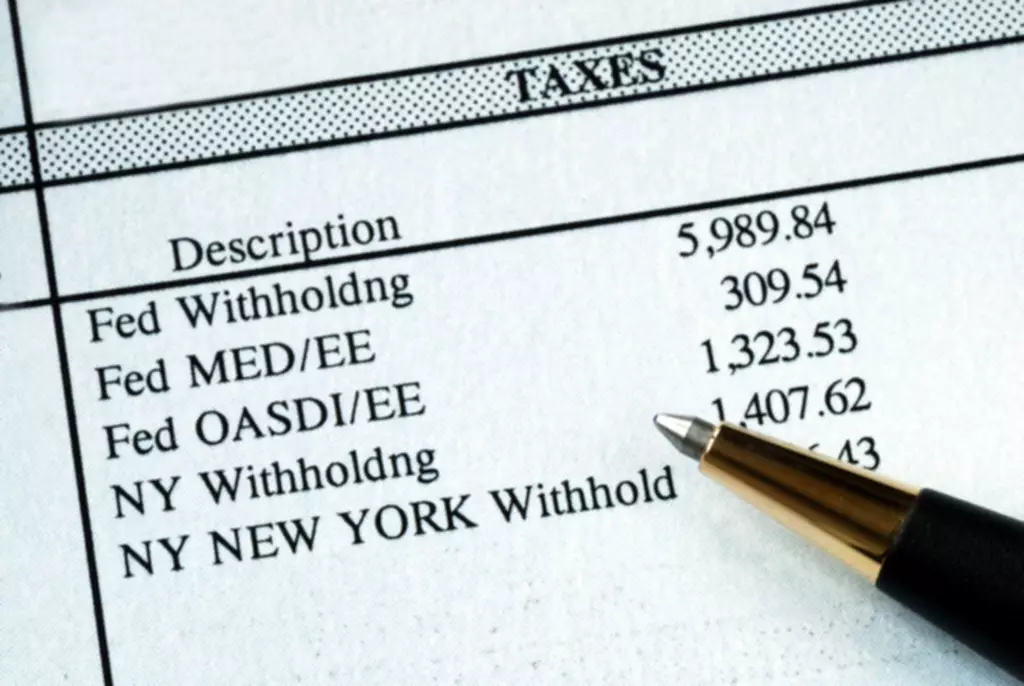Content

Retained earnings, also known as Accumulated Earnings or Accumulated Earnings and Profits, can be defined as a company’s accumulated surplus or profits after paying out the dividends to shareholders. In addition, use of finance and accounting software can help finance teams keep a close eye on cash flow and other critical metrics. By continually controlling spending, companies are more likely to end a fiscal period with cash on hand to use for growth. Knowing and understanding the retained earnings figure can help with business growth. But beyond that, those who want to invest in a business will certainly expect the owner or manager to understand its value because they’re not just investing in the business; they’re investing in them too. And if they aren’t taking care of basic accounting matters, then it could be viewed as a sign of a poorly-run operation.
- Depreciation – Depreciation can reduce net income, and therefore earnings retained, if a fixed asset’s cost is spread out over its useful lifespan.
- The disadvantage of retained earnings is that the retained earnings figure alone doesn’t provide any material information about the company.
- Since you’re thinking of keeping that money for reinvestment in the business, you forego a cash dividend and decide to issue a 5% stock dividend instead.
- Retained earnings are the profits a company has earned and retained over time, while reserves are funds set aside for specific purposes, like contingencies or dividends.
- In some industries, revenue is called gross sales because the gross figure is calculated before any deductions.
- We can find the net income for the period at the end of the company’s income statement (consolidated statements of income).
A negative figure could mean a company has become uncompetitive or isn’t spending its income wisely. Negative figures in this regard are often seen as a red flag for potential bankruptcy. Retained earnings represent how much a business has earned after all its obligations have been met, including payouts to shareholders and taxes. Learning how to calculate retained earnings is vital for measuring the ongoing profitability of organizations, ranging from one-man startups to multinational corporations.
What Makes up Retained Earnings
Scenario 1 – Bright Ideas Co. starts a new accounting period with $200,000 in retained earnings. After the accounting period ends, the company’s board of directors decides to pay out $20,000 in dividends to shareholders. The level of retained earnings can guide businesses in making important investment decisions. If retained earnings are low, it may be wiser retained earnings formula to hold onto the funds and use them as a financial cushion in case of unforeseen expenses or cash flow issues rather than distributing them as dividends. However, if both the net profit and retained earnings are substantial, it may be time to consider investing in expanding the business with new equipment, facilities, or other growth opportunities.
This amount is adjusted whenever there is an entry to the accounting records that impacts a revenue or expense account. A large retained earnings balance implies a financially healthy organization. Stock Dividends – All stock dividends are paid out of the company’s bank account. Dividend investors won’t invest in companies with high retained earnings because it typically means the money isn’t going to shareholders. Instead, they reallocate a portion of the RE to common stock and additional paid-in capital accounts. This allocation does not impact the overall size of the company’s balance sheet, but it does decrease the value of stocks per share.
Retained Earnings Calculation Example (Upside Case)
This number can provide an idea of how much money has been reinvested back into the business over time. Revenue is the total income you make from sales before deducting operating expenses, taxes, and dividend payouts. Business revenue is calculated period by period and recorded at the top of your income statement. The beginning period retained earnings appear on the previous year’s balance sheet under the shareholder’s equity section. The beginning period retained earnings are thus the retained earnings of the previous year. Thus, retained earnings are the profits of your business that remain after the dividend payments have been made to the shareholders since its inception.

When Chanda Torrey retired, she looked around for an enjoyable hobby that might also bring in some income. Herbert is the owner of Meow Bots, a startup that sells robot cats, and he wants to hire new developers. Before he can hire any new employees, Herbert needs to know how much money he has on hand to invest. As you can see, once you have all the data you need, it’s a pretty simple calculation—no trigonometry class flashbacks required. With NetSuite, you go live in a predictable timeframe — smart, stepped implementations begin with sales and span the entire customer lifecycle, so there’s continuity from sales to services to support.
Share repurchases
The effect of cash and stock dividends on the retained earnings has been explained in the sections below. Retained earnings are added to the owner’s or stockholders’ equity section on the balance sheet. There is also a financial document known as a statement of retained earnings, which provides information about changes in the retained earnings account over a period of time. A retained earnings statement is important because it can provide insights into the profitability of a company as well as the dividend payout policy. It also can serve a legal purpose in that treasury stock purchases are often limited by law based upon the amount of retained earnings for a year. Retained earnings can typically be found on a company’s balance sheet in the shareholders’ equity section.